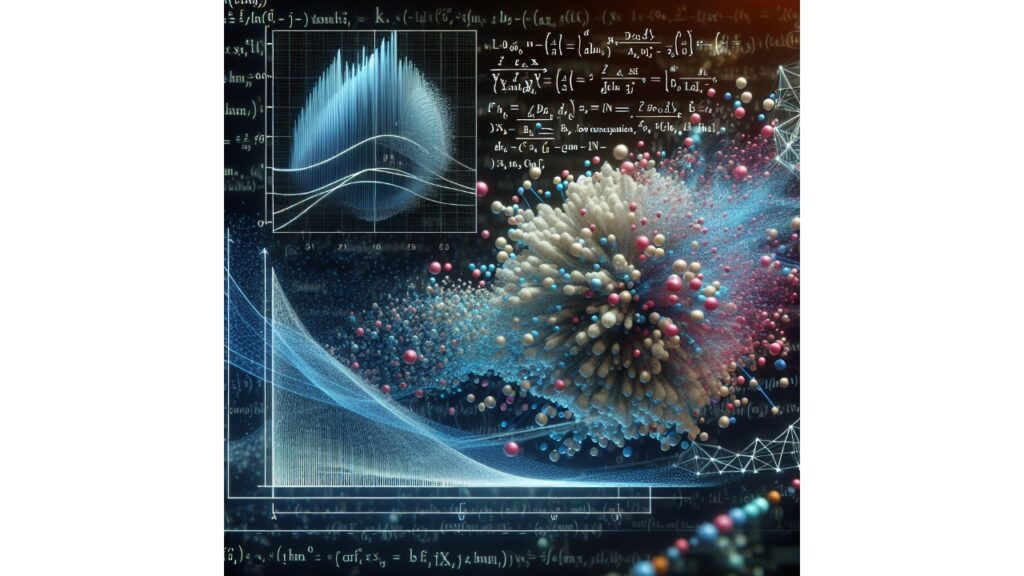Diffusion in multicomponent alloys has been recast by researchers at the University of Illinois Urbana-Champaign as the total of individual contributions, or “kinosons.” Instead of computing entire trajectories, they were able to model the alloy and determine its diffusivity orders of magnitude more quickly by using machine learning to compute the statistical distribution of the individual contributions.
This work is published in the journal Physical Review Letters.
In addition to learning more about the basic processes of diffusion in that same system, materials science and engineering professor Dallas Trinkle and graduate student Soham Chattopadhyay led this work and discovered a far more efficient method for calculating diffusion in solids.
The process by which atoms travel within a substance is called diffusion in solids. Diffusion controls the doping of semiconductor devices, the flow of ions through a battery, and the manufacture of steel.
In this instance, the group modeled diffusion in multicomponent alloys, which are metals made up of five distinct elements in equal proportions: in this case, manganese, cobalt, chromium, iron, and nickel. These kinds of alloys are fascinating because combining different elements, such as carbon and iron to create steel, is one method of creating strong materials.
Since multicomponent alloys have special qualities like stable at high temperatures and excellent mechanical behavior, it’s critical to comprehend how atoms spread in these materials.
Long timeframes are necessary to obtain a decent picture of diffusion since atoms move randomly and gradually become more and more dispersed from their initial site. A simulation of the diffusion is difficult to perform since it takes a long time to obtain the whole picture, according to Trinkle.
That severely restricts our ability to investigate diffusion in many ways. More precise techniques for estimating transition rates are frequently unworkable due to the inability to complete enough simulation steps to obtain the long-term trajectory and a reasonable diffusion value.
It is possible for an atom to hop left and then back to the right. If so, there has been no movement of the atom. Let us imagine that it jumps left, and after a thousand additional events, it jumps back to the right. That has the same result.
According to Trinkle, this is known as correlation since the atom made a jump at one point and then reversed it later. Diffusion is complicated because of this. When they examine the problem-solving process of machine learning, they find that its main contribution is the transformation of the problem into one in which the associated leaps are eliminated.
Consequently, whatever hop an atom makes aids in diffusion and makes the problem much easier to solve. For small movements, Trinkle explains they name those jumps kinosons.
It has been demonstrated that the genuine diffusivity can be obtained by adding the distribution of those, or the likelihood of observing a kinoson of a particular magnitude. Furthermore, the diffusivity of various constituents within a solid can be observed.
The fact that modeling diffusion with kinosons and machine learning is far quicker than computing long-timescale, complete trajectories is another benefit. According to Trinkle, this approach allows simulations to be completed 100 times quicker than they would be using conventional techniques.
“I think this method is really going to change the way we think about diffusion,” he claims. He hopes that within the next ten years, this approach to diffusion will become the norm, as it presents an alternative perspective on the issue. Not only is it speedier, but you also get greater insight into the workings of the system, which is an intriguing aspect in his opinion.








